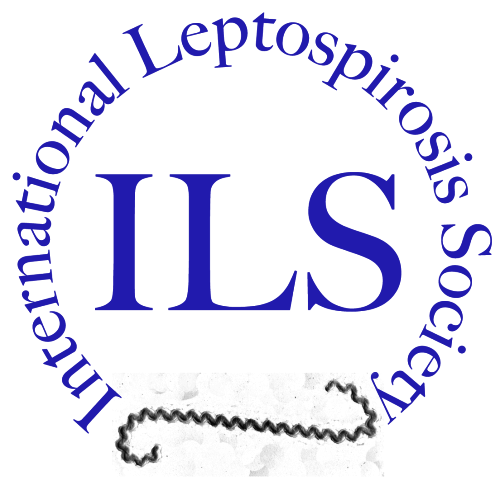Leptospirosis is a zoonotic bacterial disease that affects vulnerable populations such as rural subsistence farmers and urban slum dwellers. Although leptospirosis causes life threatening clinical manifestations, such as pulmonary hemorrhage syndrome, and has a worldwide distribution, the key barrier to addressing this neglected disease has been insufficient data on its disease burden.
Based on a systematic review of 80 published morbidity and mortality studies and databases from 34 countries, it is estimated that there are 1.03 million cases and 58,900 deaths each year (Costa et al., 2015). These estimates place leptospirosis as a leading zoonotic cause of morbidity and mortality. In addition, morbidity and mortality was greatest in the poorest regions of the world and in areas where surveillance is not routinely performed. However, it is likely that those figures still underestimate the burden because leptospirosis patients are commonly misdiagnosed with dengue, malaria and other diseases.
The map below shows the estimated annual morbidity of leptospirosis by country or territory. Annual disease incidence is represented as an exponential colour gradient from white (0-3), yellow (7-10), orange (20-25) to red (over 100), in cases per 100,000 population (from Costa et al., 2015).

Estimates of Disability Adjusted Life Years (DALYs) suggest that globally approximately 2.90 million DALYs are lost per annum from the approximately annual 1.03 million cases. Males are predominantly affected with an estimated 2.33 million DALYs or approximately 80% of the total burden. For comparison, this is over 70% of the global burden of cholera estimated by the Global Burden of Disease 2010 study. Tropical regions of South and South-east Asia, Western Pacific, Central and South America, and Africa had the highest estimated leptospirosis disease burden (Torgerson et al., 2015).
The table below compares the global burden of leptospirosis with the top seven listed neglected tropical diseases (from Hotez et al., 2014).
| Diseases | Number of Cases | Deaths | DALYs (millions) |
|---|---|---|---|
| Intestinal nematodes | 1,723 million | 2,700 | 5.19 |
| Leishmaniasis | 10 million | 51,600 | 3.32 |
| Schistosomiasis | 252 million | 11,700 | 3.31 |
| Leptospirosis* | 1 million | 58,900 | 2.90 |
| Lymphatic filariasis | 36 million | – | 2.78 |
| Food-borne trematodiasis | 16 million | – | 1.88 |
| Rabies | 1,100 | 26,400 | 1.46 |
| Dengue | 179,000** | 14,700 | 0.83 |
*Is not a listed neglected tropical disease (severe cases only), data obtained from Torgerson et al., 2015.
**Incident (acute) symptomatic cases only.

